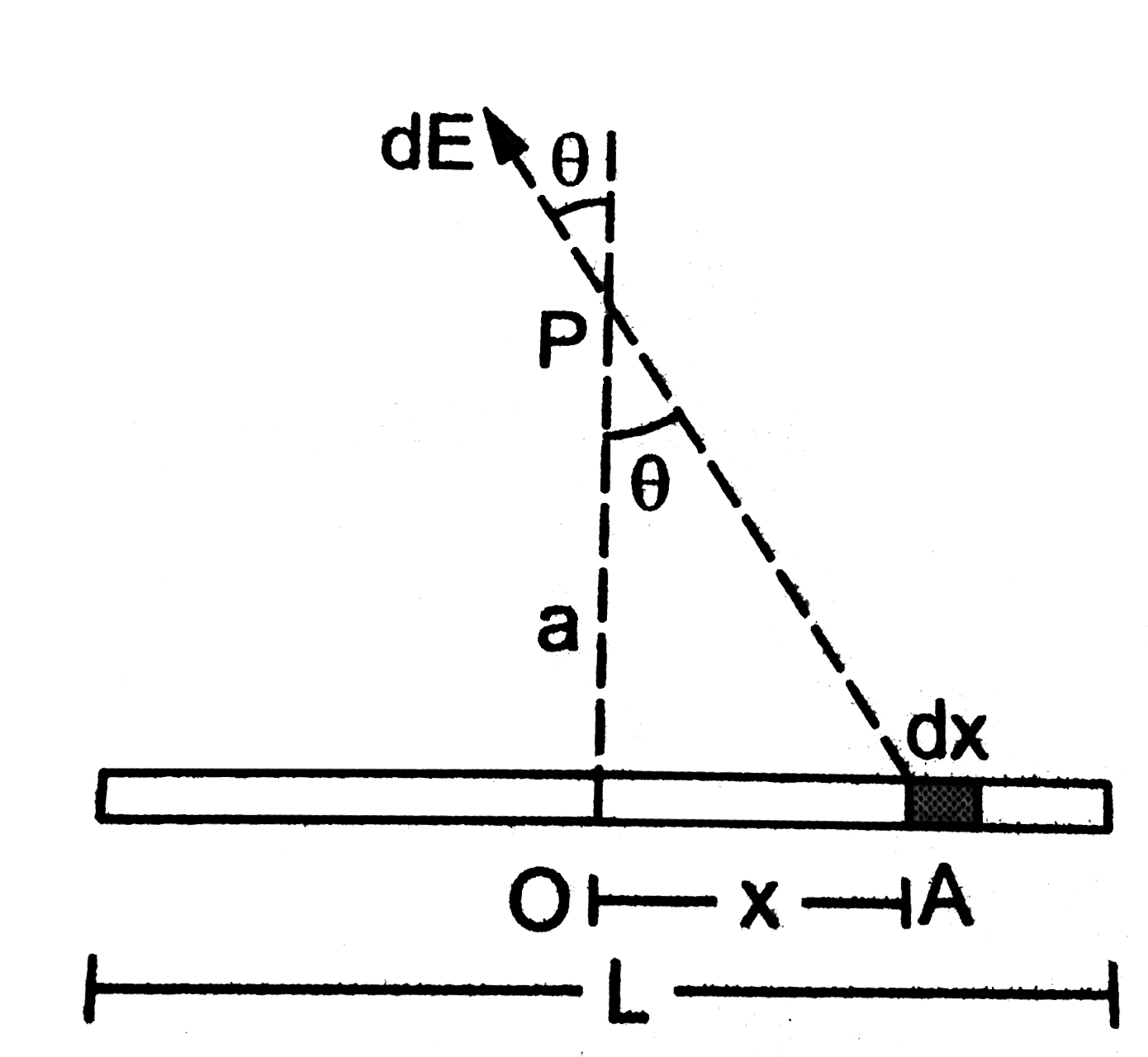Text Solution
Verified by Experts
|
Topper's Solved these Questions
ELECTRIC FIELD AND POTENTIAL
HC VERMA|Exercise question for short answer|14 VideosView PlaylistELECTRIC FIELD AND POTENTIAL
HC VERMA|Exercise Objective 1|9 VideosView PlaylistELECTRIC FIELD AND POTENTIAL
HC VERMA|Exercise Exercises|75 VideosView PlaylistELECTRIC CURRENT THROUGH GASES
HC VERMA|Exercise Exercise|23 VideosView PlaylistELECTROMAGNETIC INDUCTION
HC VERMA|Exercise EXERCISE|98 VideosView Playlist
Similar Questions
Explore conceptually related problems
Knowledge Check
A
B
C
D
Submit
A
B
C
D
Submit
A
B
C
D
Submit
Similar Questions
Explore conceptually related problems
HC VERMA-ELECTRIC FIELD AND POTENTIAL-worked out Examples
- Charges 5.0 xx 10^(-7) C , -2.5 xx 10^(-7) Cand 1.0 xx 10^(-7) C are ...
04:36
|
Play - Two particles A and B having charges 8.0 xx 10 ^(-6) C and -2.0 xx 1...
05:32
|
Play - Three equal charges, each having a magnitude of. 2.0 xx 10 ^ (-6) C, ...
04:16
|
Play - Two small iron particles, each of mass 280 mg, are. placed at a distan...
03:29
|
Play - A charge Q is to be divided on two objects. What should be the values...
02:45
|
Play - Two particles, each having a mass of 5 g and charge. 1.0 xx 10^(-7) C...
03:36
|
Play - A vertical electric field of magnitude 4.00xx 10^5 NC^(-1). just preve...
01:43
|
Play - Three charges, each equal to q, are placed at the three. corners of a ...
03:49
|
Play - A Charged particle of mass 1.0 g is suspended through a silk thread o...
05:50
|
Play - A particle a having a charge of 5.0 xx 10 ^(-7) C is fixed in. a verti...
04:21
|
Play - Four particles each having a charge q, are placed on the four vertices...
02:24
|
Play - Find the electric field at a point P on the perpendicular bisector of ...
04:27
|
Playing Now - A uniform electric field E is created between two parallel ., charge...
06:22
|
Play - In a circuit, 10 C of charge is passed through a battery in a given t...
01:05
|
Play - charges 2.0xx10^(-6)C and 1.0 xx 10^(-6) C are placed at. corners A an...
02:27
|
Play - The electric field in a region is given by vecE = (A/x^3) hati. Write ...
02:47
|
Play - Three point charges q, 2q and 8q are to be placed on a .9cm long stra...
07:31
|
Play - An HCl molecule has a dipole moment of 3.4xx 10^(-30) cm . Assuming ...
01:47
|
Play - An electric dipole formed by two particles fixed at the ends of a ligh...
06:03
|
Play
